This weekend the Darwinian family flew to Seattle, Washington for a weekend getaway. Our first stop was to the beautiful Japanese Gardens, a 3.5 acre oasis of Zen within the Washington Park arboretum. There, we strolled with our kids, enjoying the lush scenery, Koi fish, and scattered shrines. Little did I realize that a surprise discovery of chestnuts was in our near future!
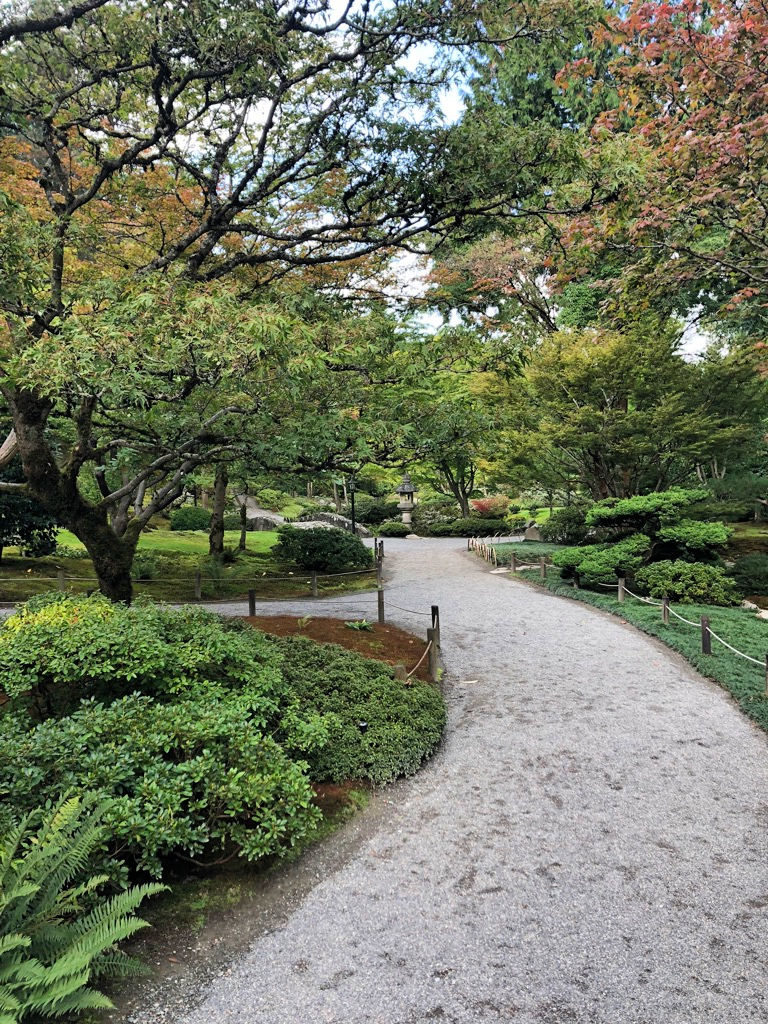
Afterwards, we walked next to the gardens in the arboretum, breathing in the woodsy air and curious scenery.
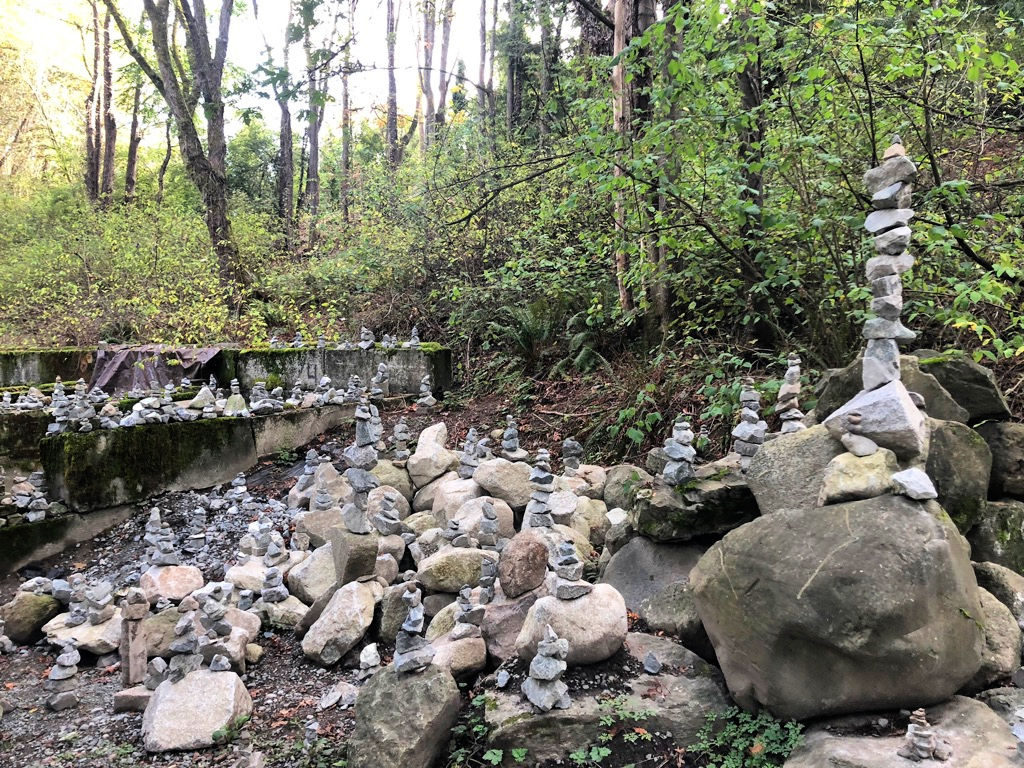

Chestnuts
As we got to the end of the path, we noticed some round nuts underfoot, and realized that the entire path was littered with chestnuts! There were hundreds of the dense nuts popping out of their freshly fallen burrs. They all had shiny skins and were cool to the touch.
My five year old industriously helped fill the pockets of my jacket with the chestnuts and we took them back to our Airbnb.
Roasting the chestnuts
Once there, the Dr-ess and I traded stories of eating roasted chestnuts as children as I washed the chestnuts and researched roasting instructions on Google.
The majority of the recipes recommended scoring an X into the chestnuts to prevent bursting, and roasting them in the oven (or over coals) for 20-30 minutes at 425 degrees Fahrenheit. So that’s what we did!

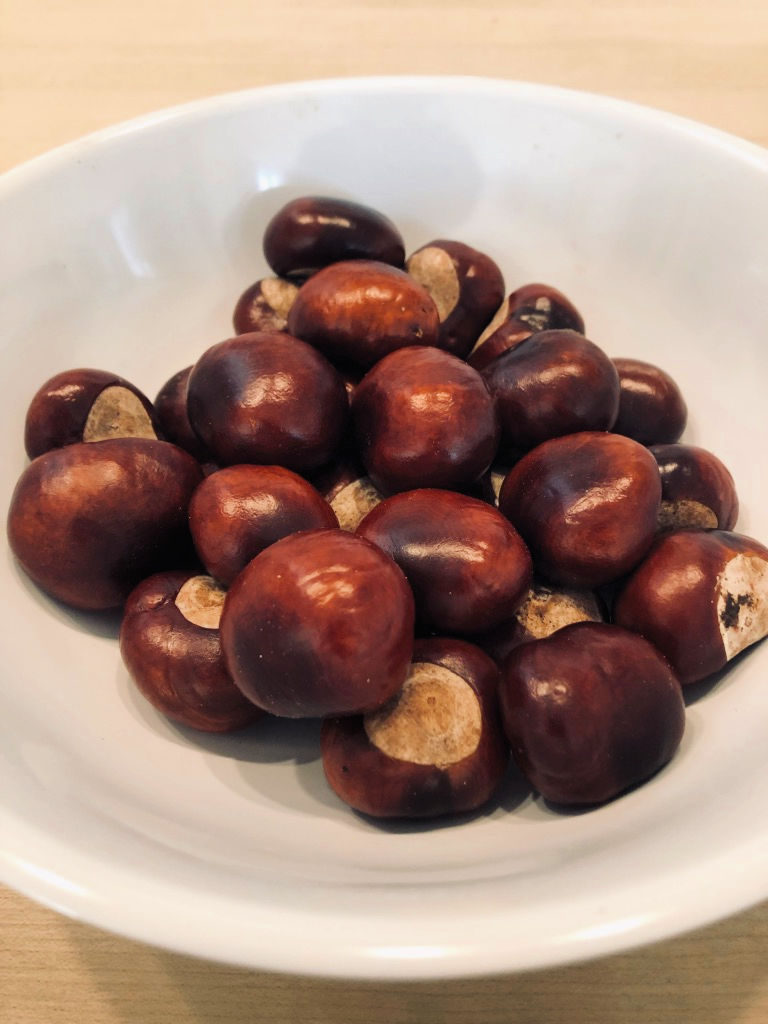
Washed 
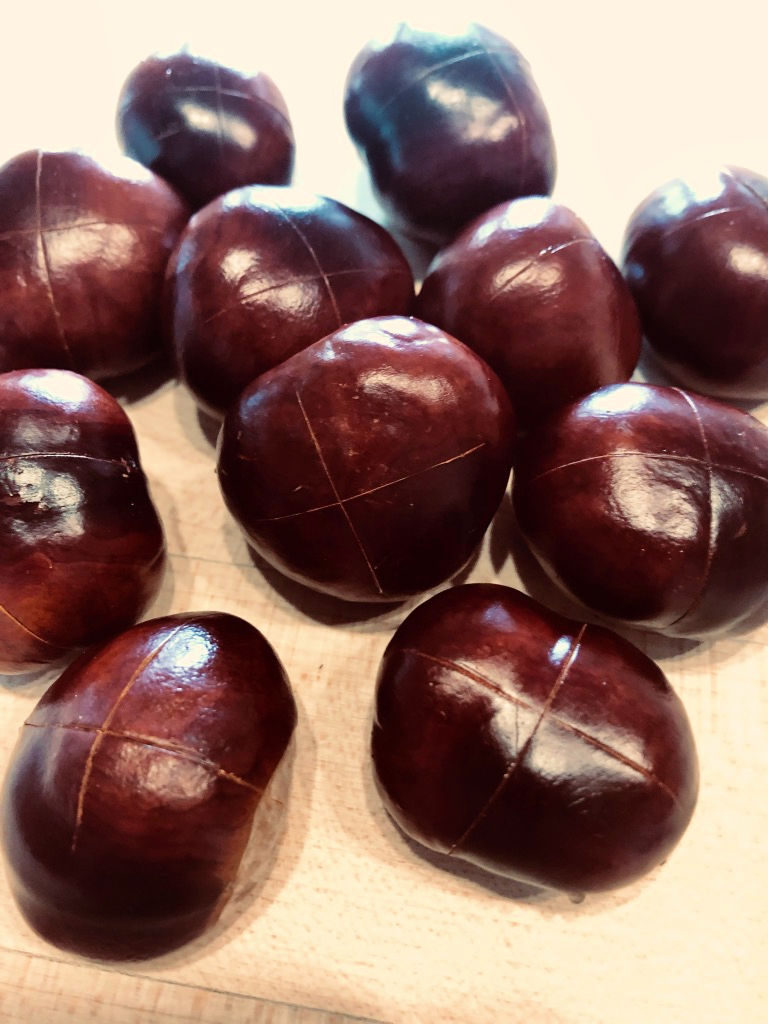
Scored 
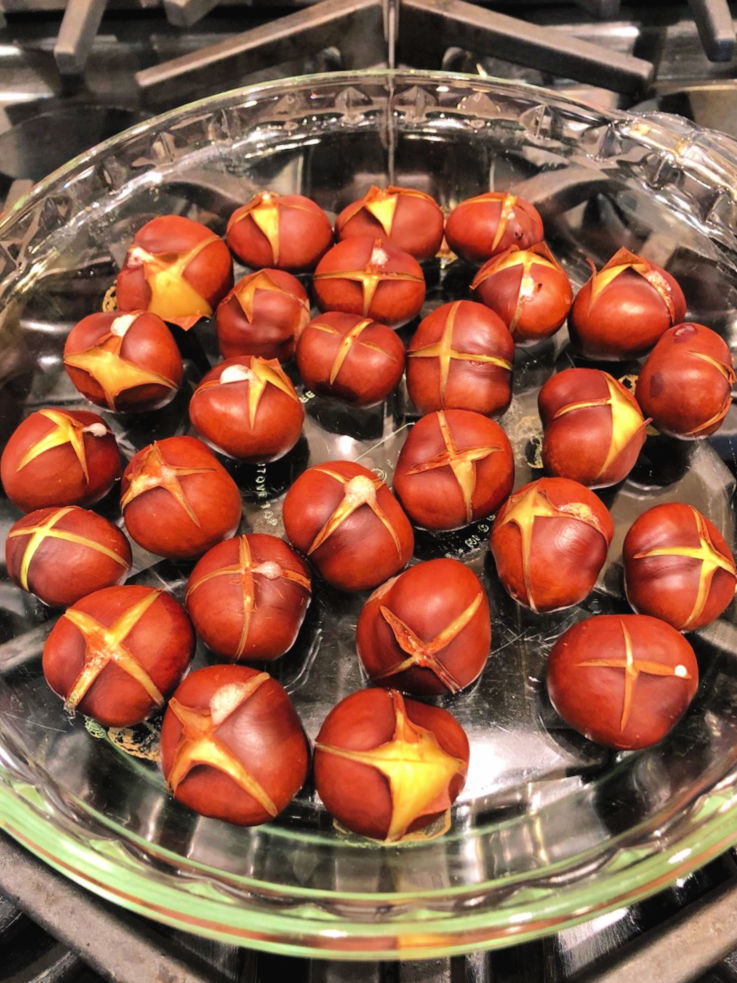
Roasted
Only after I roasted and tasted the chestnuts did I realize that I’d been conned! They tasted awfully bitter, despite a fairly nice aroma. These were not the nutty, starchy chestnuts that the Dr-ess and I remember from our youth. They were in fact horse chestnuts (aka buckeyes).
Horse chestnuts
As described here, horse chestnuts are more common than chestnuts, and can be recognized by their characteristic 3 segmented burr (casing), their lack of a point, and bitter taste. They are also known as “conkers.”
Good thing they had a bitter taste, because according to the Seattle Times, horse chestnuts are in fact poisonous. They contain a poisonous chemical called esculin (or aesculin). Eating them can cause severe gastroenteritis, vomiting, loss of coordination, stupor and occasionally paralysis. I’m glad I only ate one.
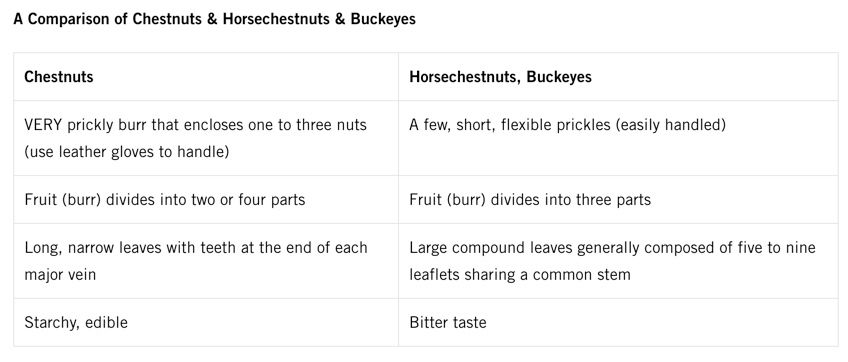

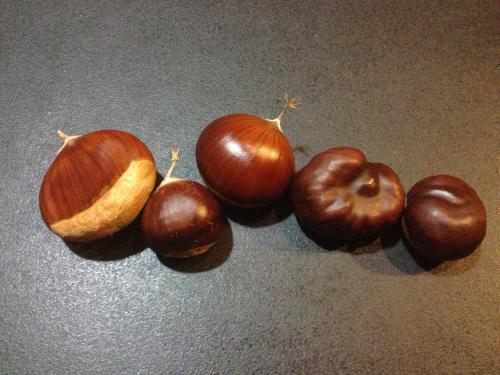

Image source: Michigan state university
Lessons learned
Can we stretch here and learn some financial lessons? Perhaps one of these?
- Research your investments before you eat them?
- Don’t be fooled by an attractive chestnutty appearance?
- A bitter taste in your mouth should not be ignored?
Or maybe there’s no greater lesson, other than this:
Horse chestnuts exist. They look like regular chestnuts. They are poisonous, and should not be eaten!
I hope you’re enjoying your autumn.
— TDD
Related Posts from Home and Garden
- First figs of the summer | 2019
- Kids play structure complete!
- Fig tree and garden update | Spring
- State of the blog and update on the jelly fig plants
- Children’s book recommendations for the young scientist
- How to prevent keyboard marks on your laptop screen
- Update on the Jelly Fig cuttings: They’re alive!
- How to grow a cutting from a fig tree
- First Fig of the Summer!
Want to support the blog?
- Join our investor club at Cereus Real Estate
- Visit my Recommendations page
- Check out my wife’s food blog: Eat Dessert First
- Stay at our luxury short term rentals
- Check out my TikTok channel
- Follow me on Instagram
- Follow me on YouTube
- Contact me with questions

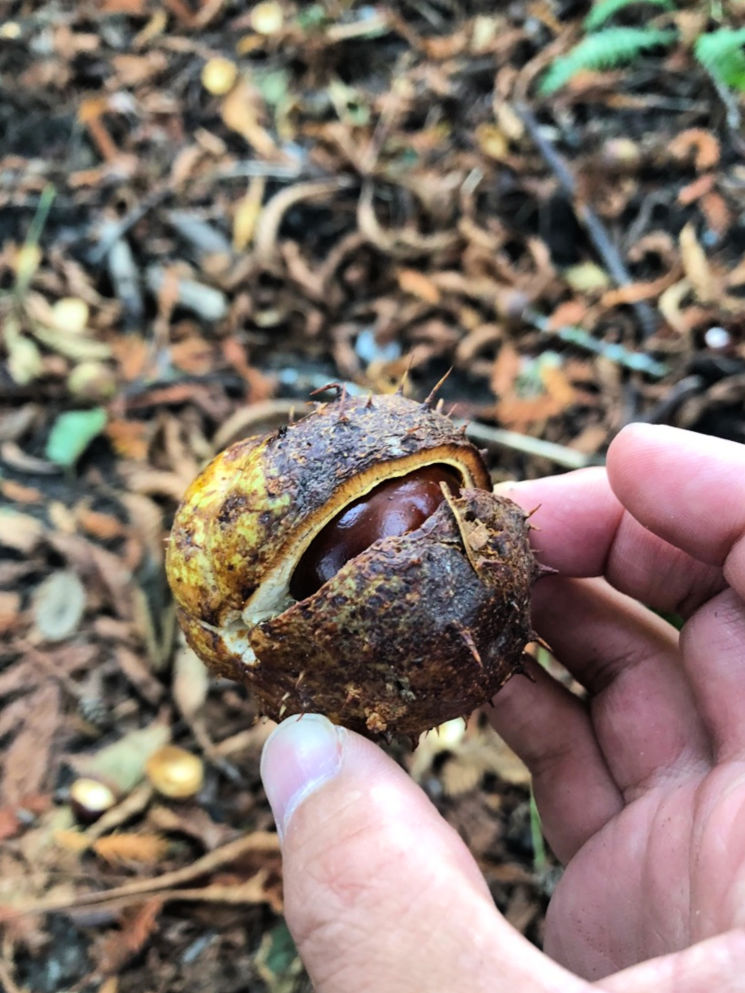
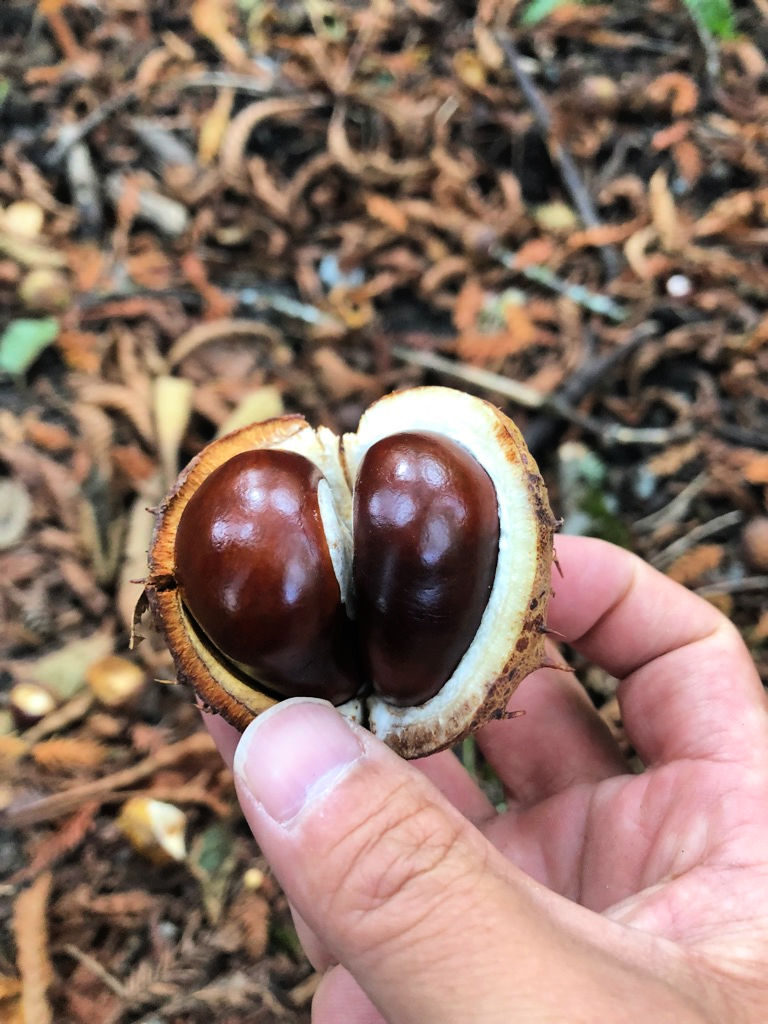
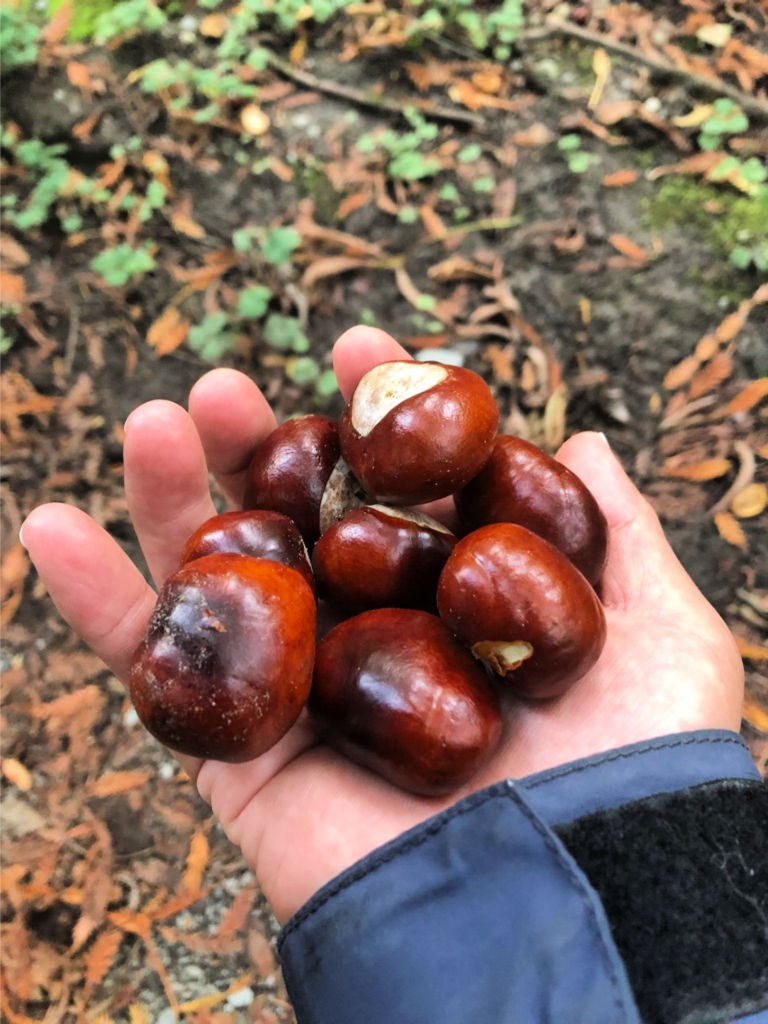






2 comments
Yikes! You almost fell victim to a Darwinian event yourself. Glad that didn’t happen. It is a good reminder that beneficial and detrimental things often appear to be similar.
Yes! When I was researching the post, my eyes bugged out at the potential side effects of my almost-snack.
A good reminder indeed that appearances can be deceiving, especially in nature.
— TDD